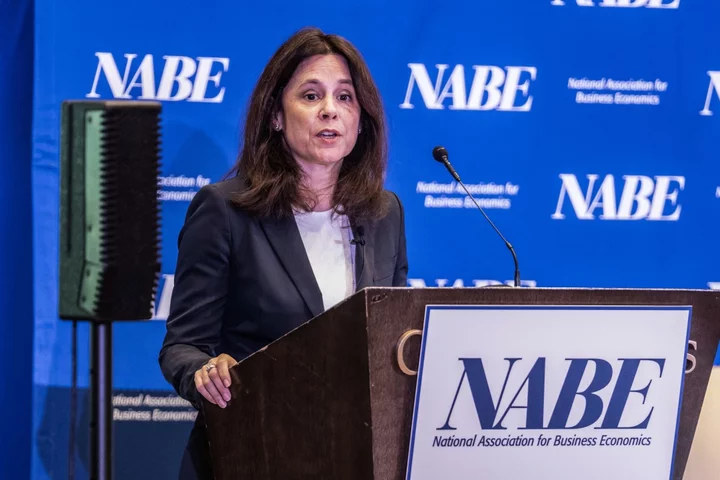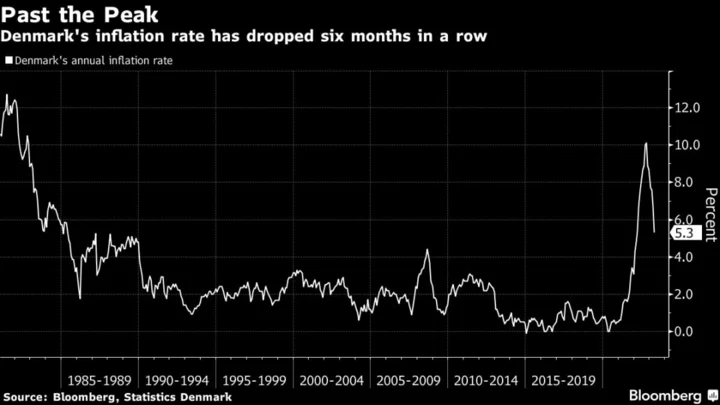Federal Reserve Bank of Dallas President Lorie Logan said the US central bank should consider ways to strengthen its liquidity infrastructure which, while robust, still can’t eliminate risks completely.
“It remains incumbent on all players in the financial system — banks, other market participants, as well as central banks in our roles as both regulators and financial institutions — to appropriately manage liquidity risk,” Logan said Friday in prepared remarks for a speech at the European Central Bank Conference on Money Markets in Frankfurt.
Logan, who spent the bulk of her career in the New York Fed’s markets group, outlined a broad range of ways in which the Fed could boost the availability of and access to liquidity in times of stress.
She did not comment on monetary policy or the outlook for the economy.
The Fed could help increase the ability of market participants to broker financial transactions, including by centrally clearing standing repurchase facility operations, Logan said, echoing comments she made earlier this year. Logan also said it’s important to consider how certain regulations impact intermediation costs, citing the Basel III leverage ratio as an example.
Some central banks have considered adding counterparties to liquidity operations, but Logan said it may be most appropriate for the Fed to enhance the effectiveness of operations with existing counterparties.
Liquidity Access
Logan reiterated that every US bank should be set up to borrow from the Fed’s emergency lending facility, known as the discount window — something not all institutions were prepared to do earlier this year during the spring banking crisis.
“This is unacceptable in an era when bank runs can start in minutes on social media,” Logan said.
The Fed could also consider requiring banks to pre-position some collateral at the discount window, ensuring that it’s in the right place in times of crisis, she added. She repeated a call for the facility to be open on a permanent basis and said the Fed should consider allowing for collateral-based discount window lending, which would equalize access to liquidity.









